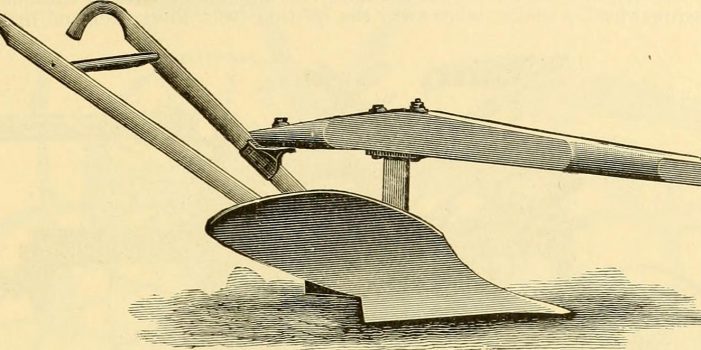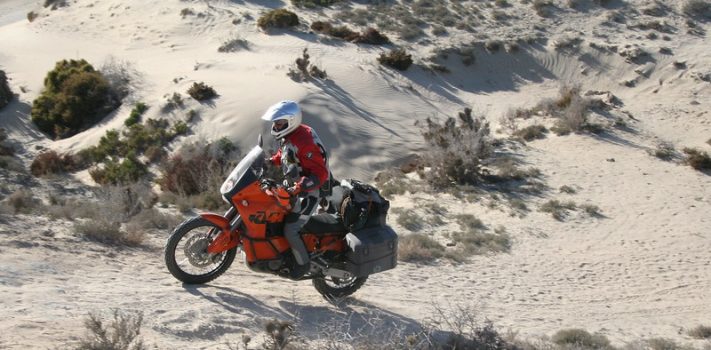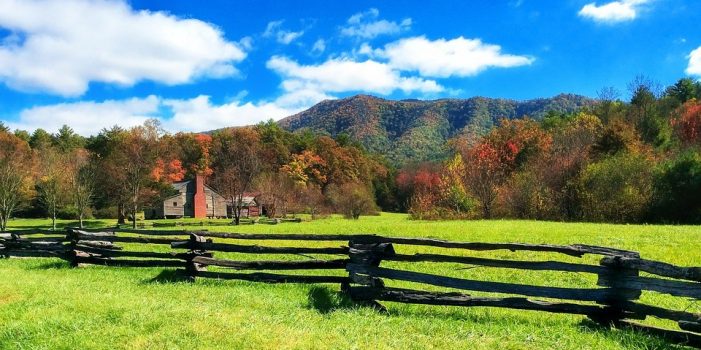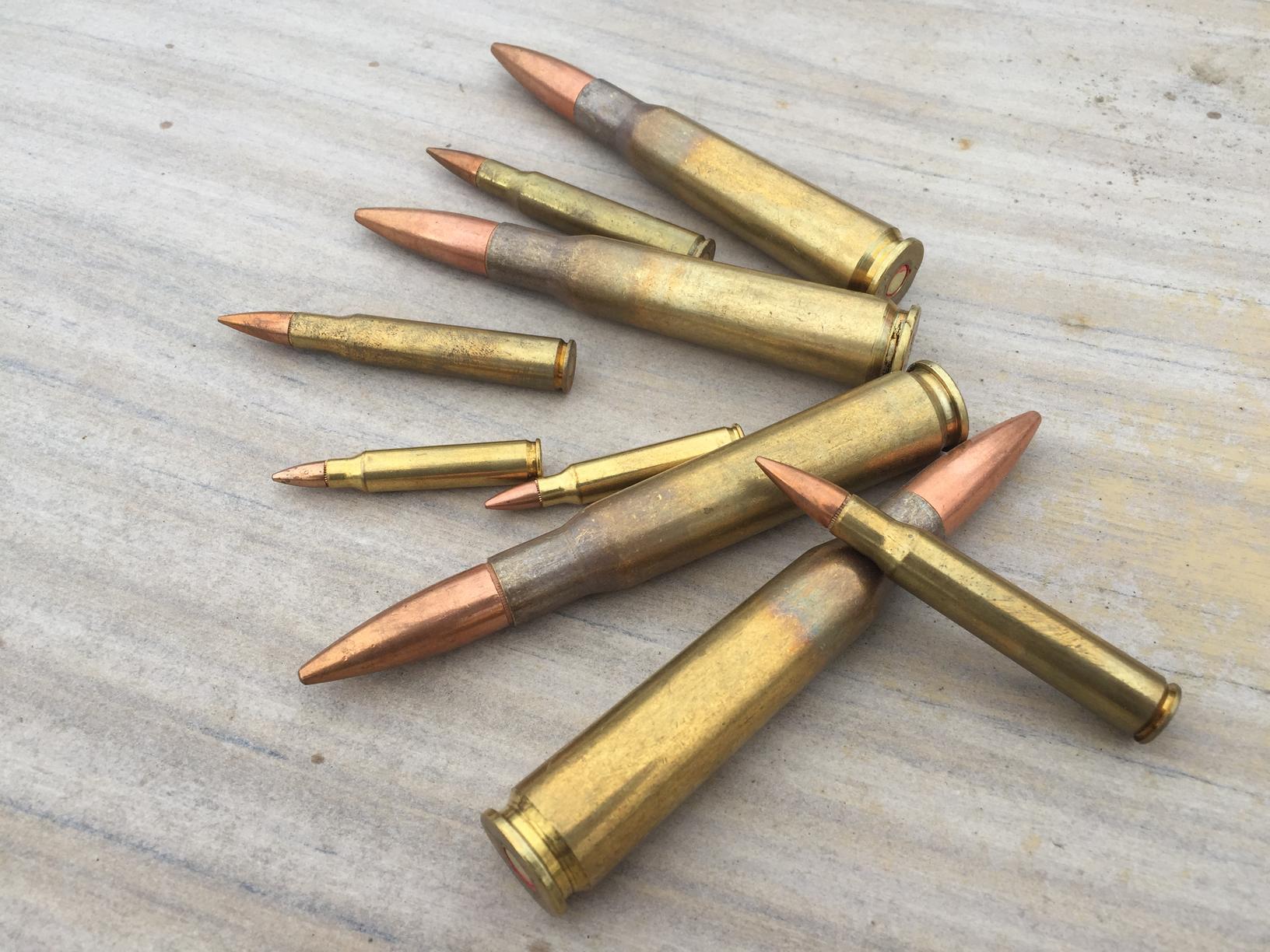A Primitive Tool For Modern Preppers, Part 1, by Rusty M.
I inhale deeply and hold, squeezing the rear trigger. Tic. Then I slowly exhale and gently touch the forward trigger. Tiff-FOOM. A cloud of smoke obscures my vision but I can hear the ball cut through my intended victim. What’d I get? A buffalo? A grizzly bear? A Redcoat? No, just a cardboard box. I see that I am becoming more accurate with this gun. Firearms and their accompanying accessories have evolved a long way from their origins; a long way. But that doesn’t mean we should relegate old technology to the archives or the bone yards. At least not …










